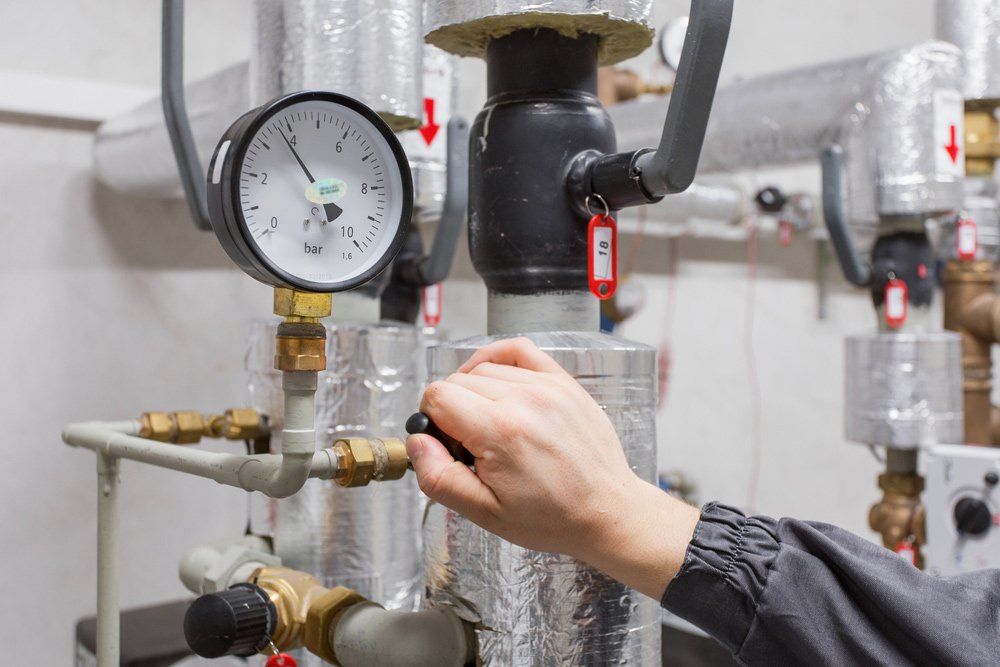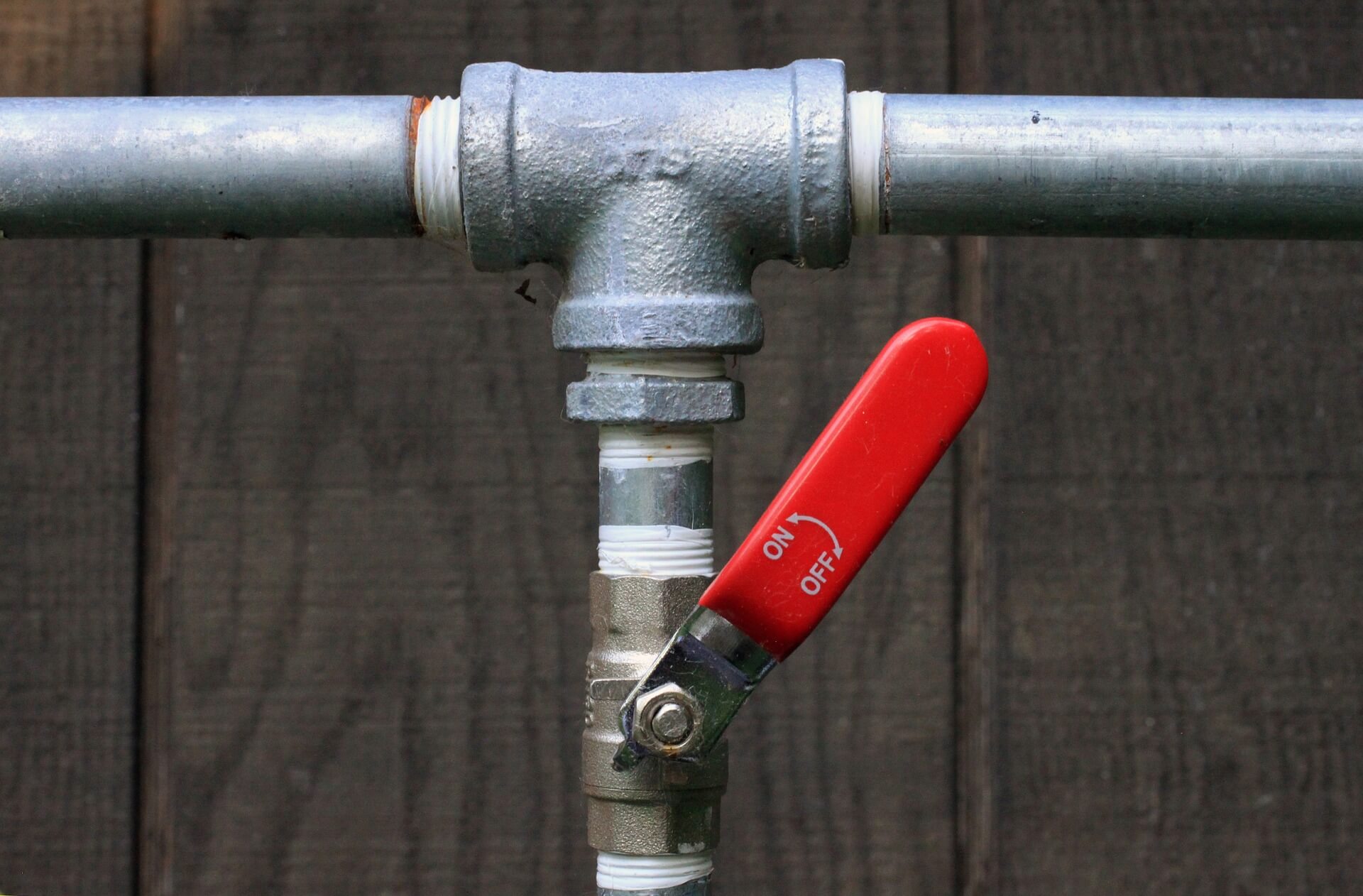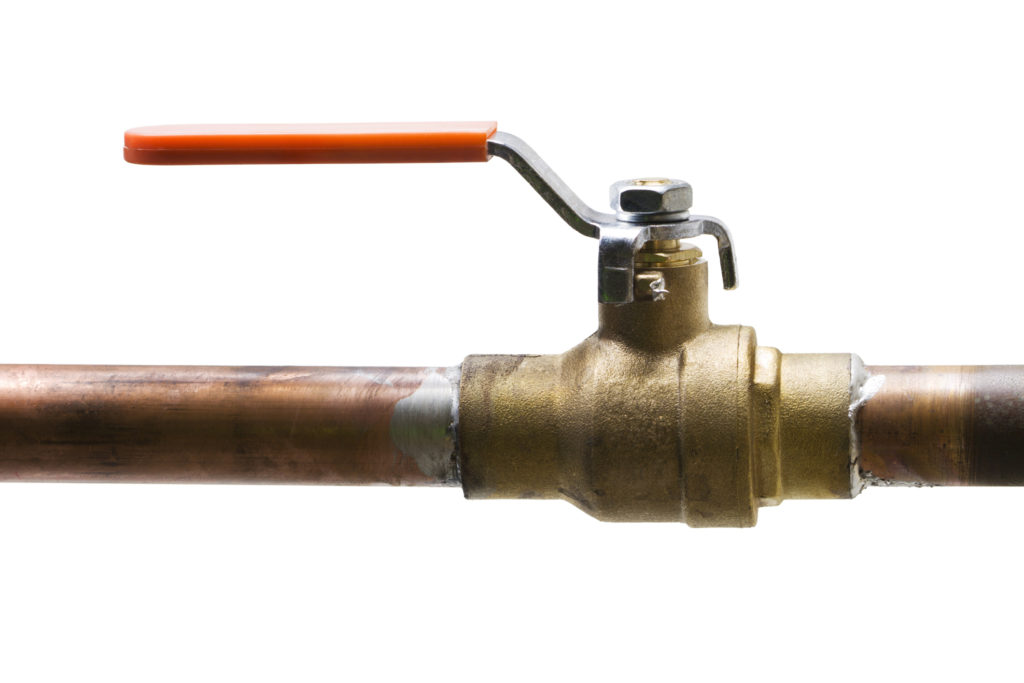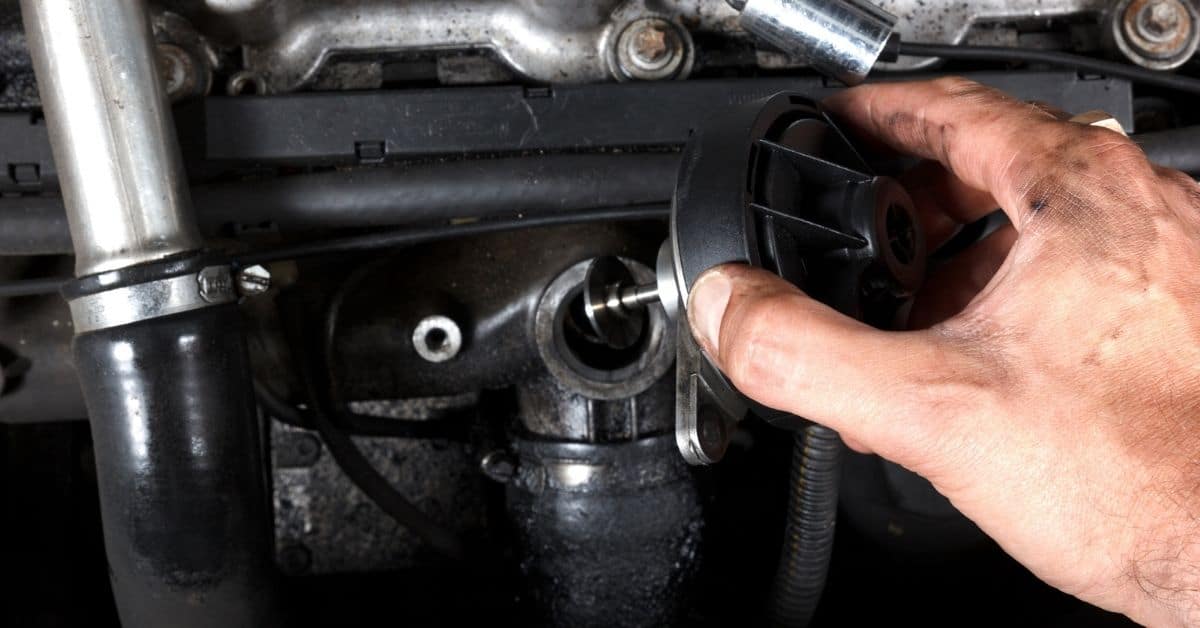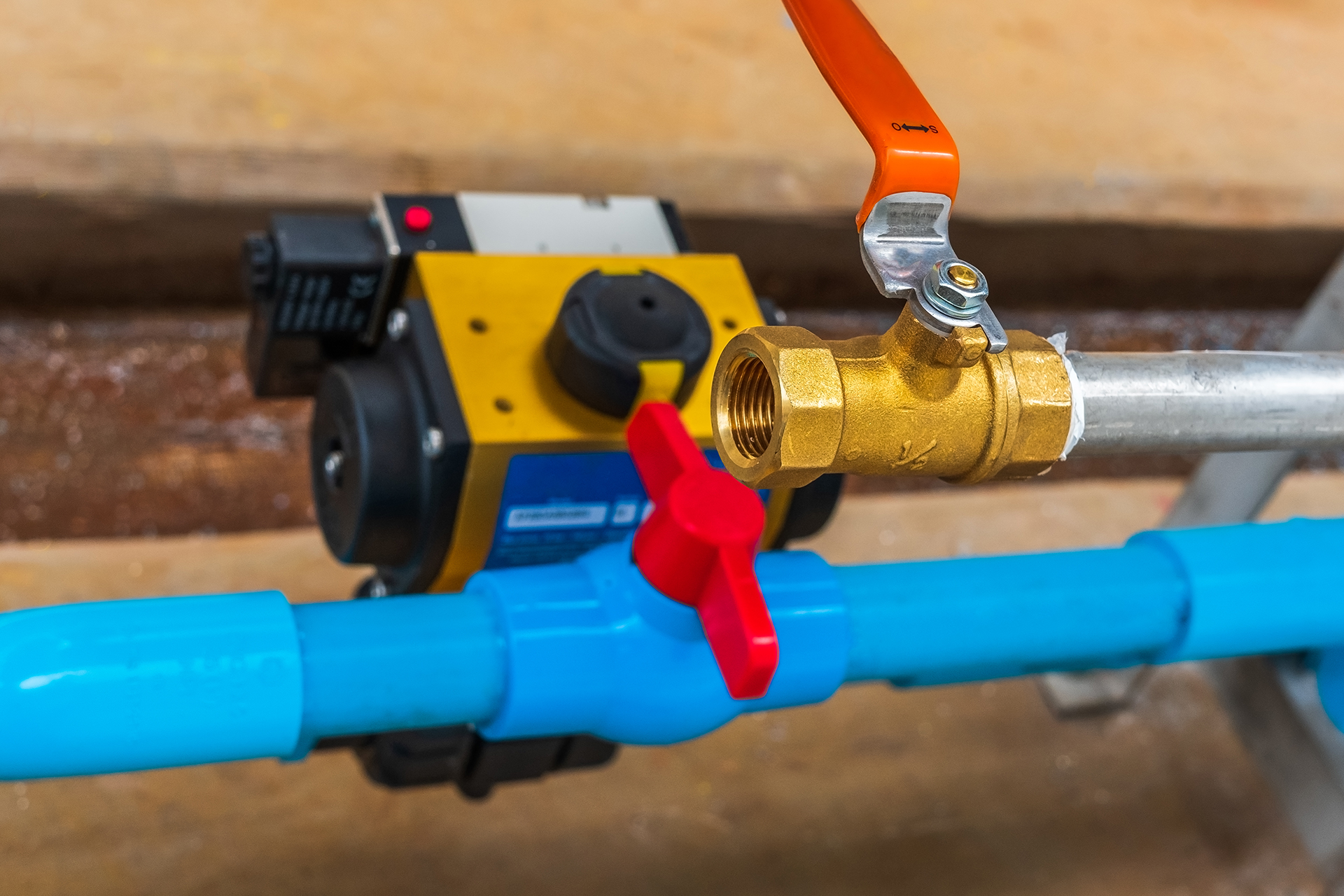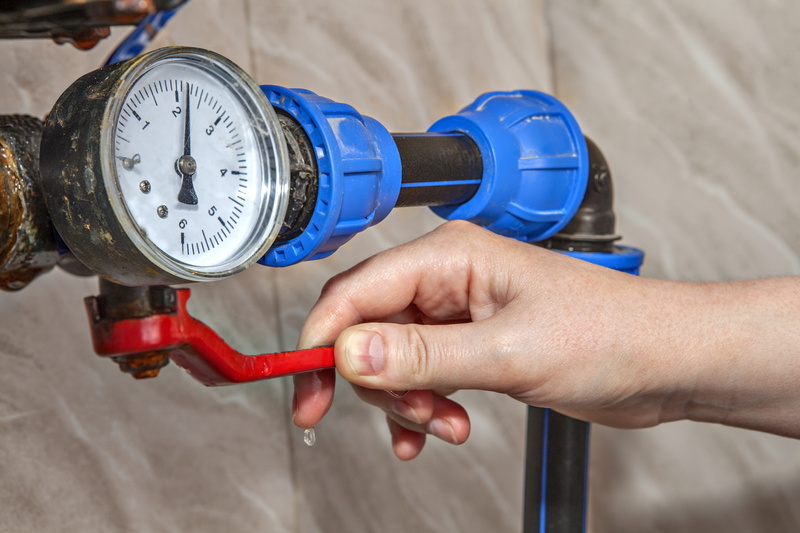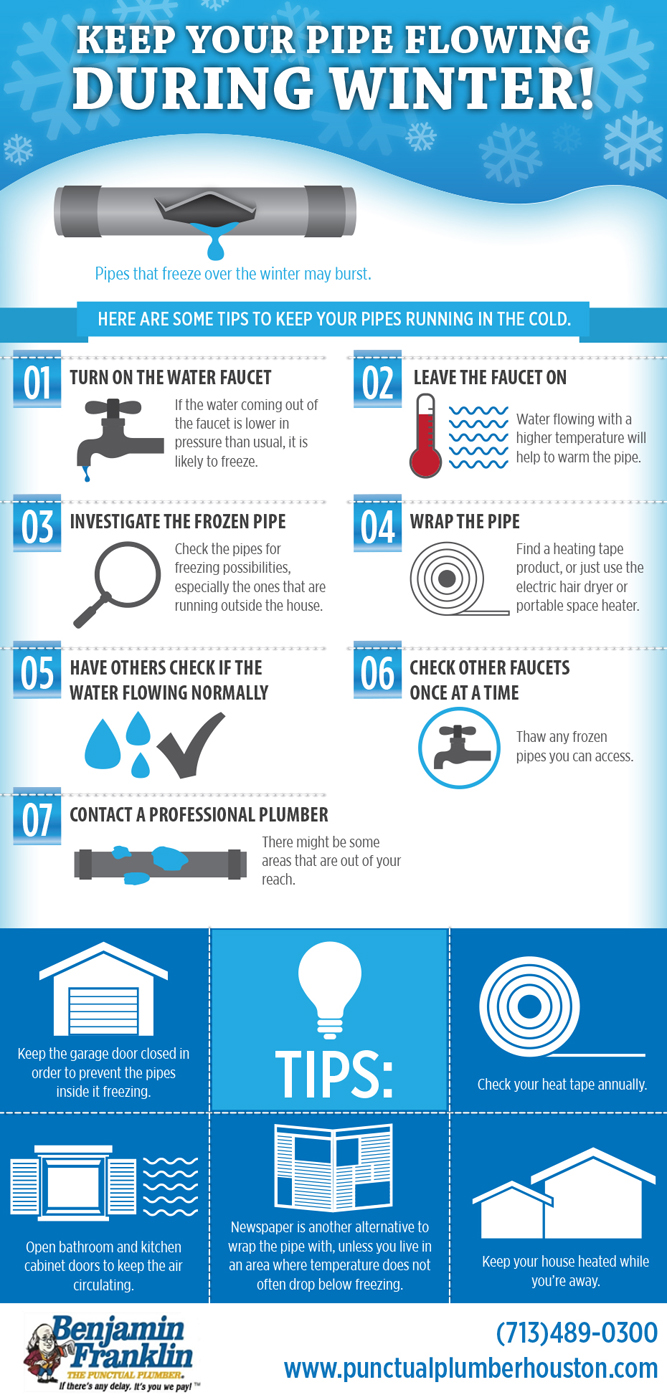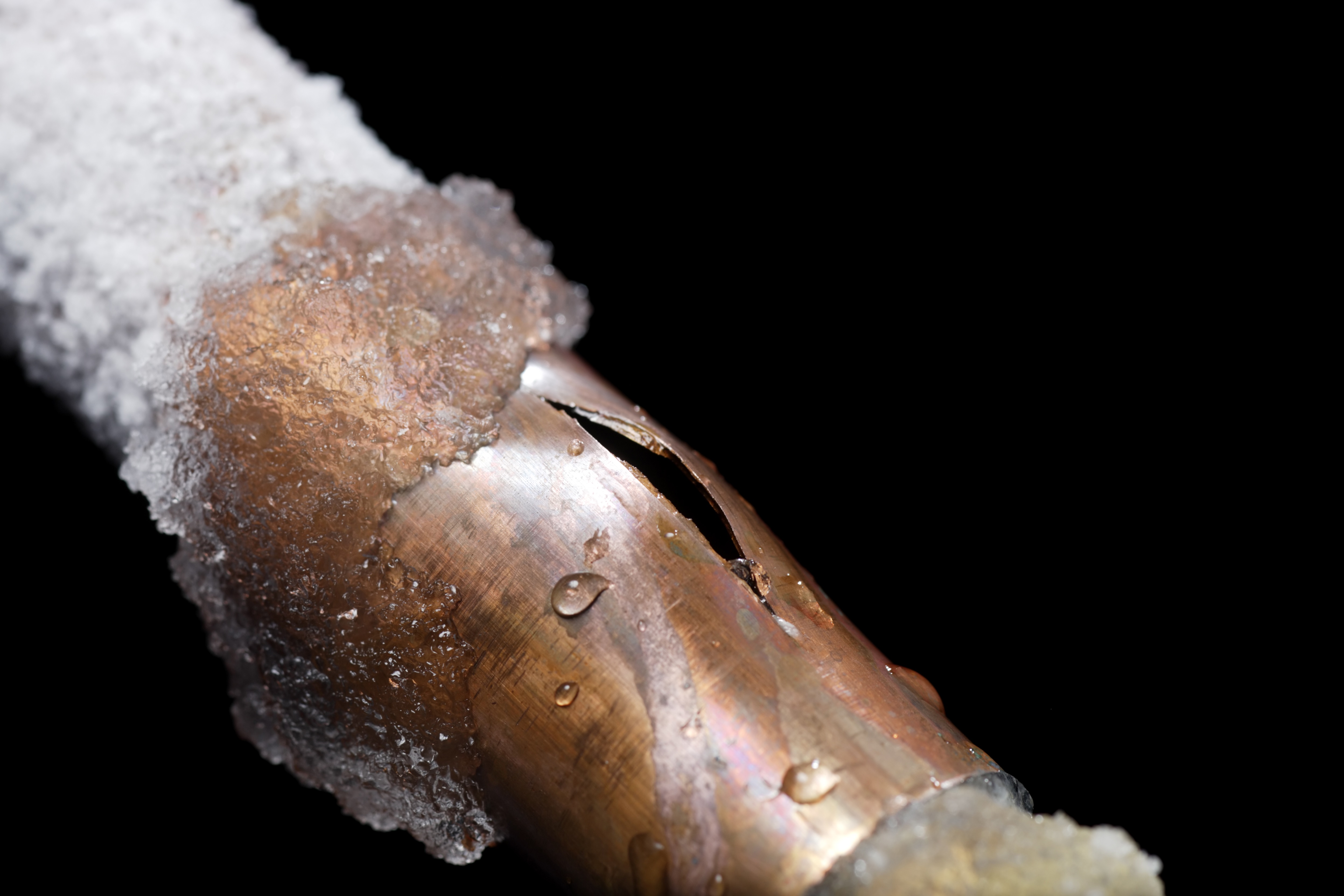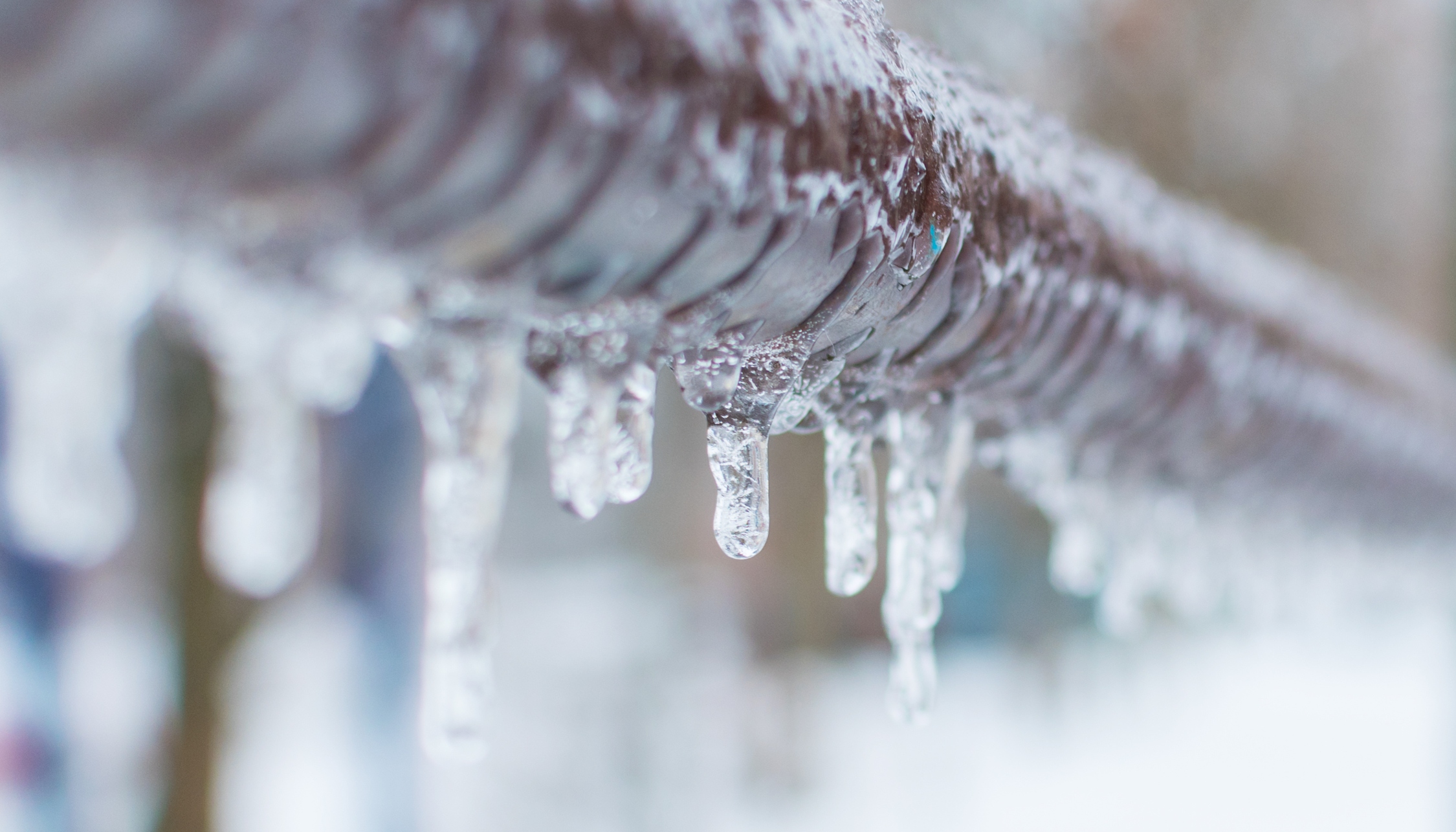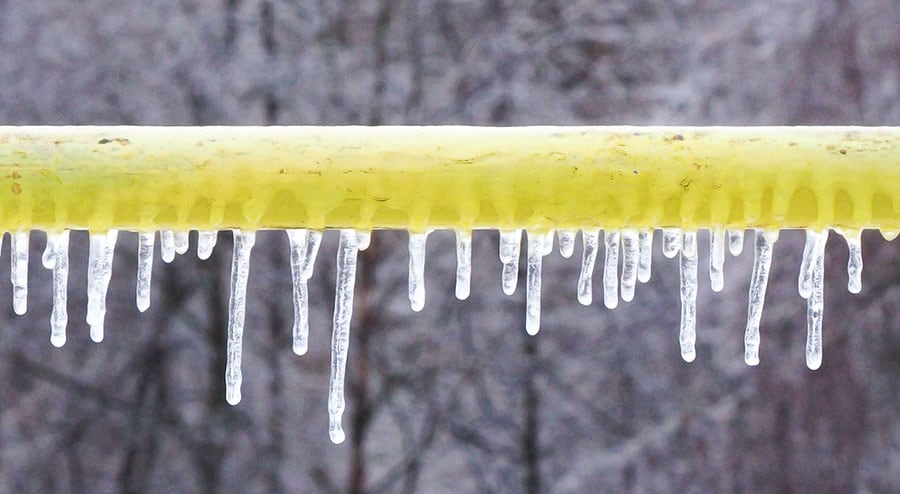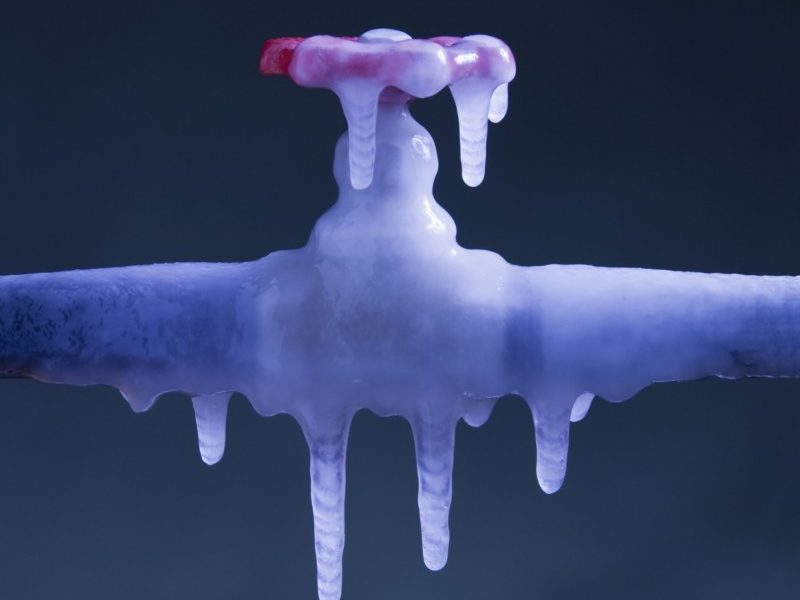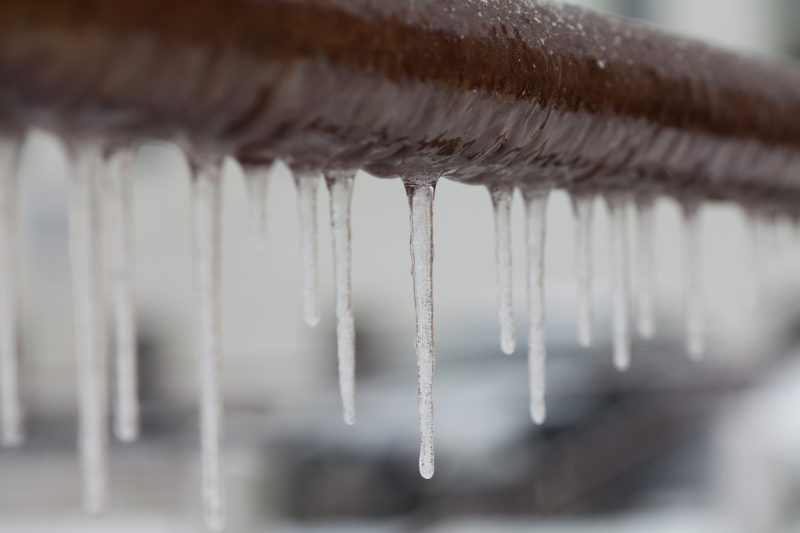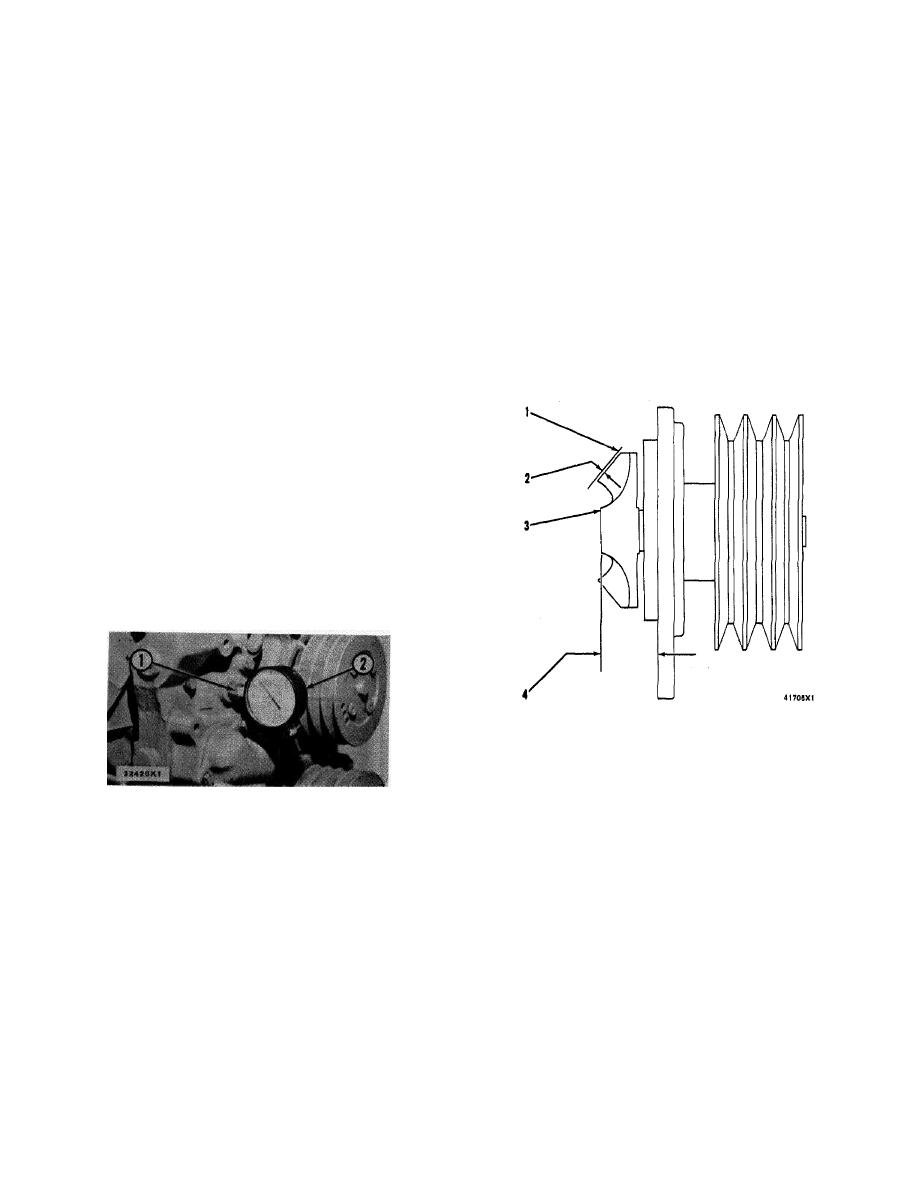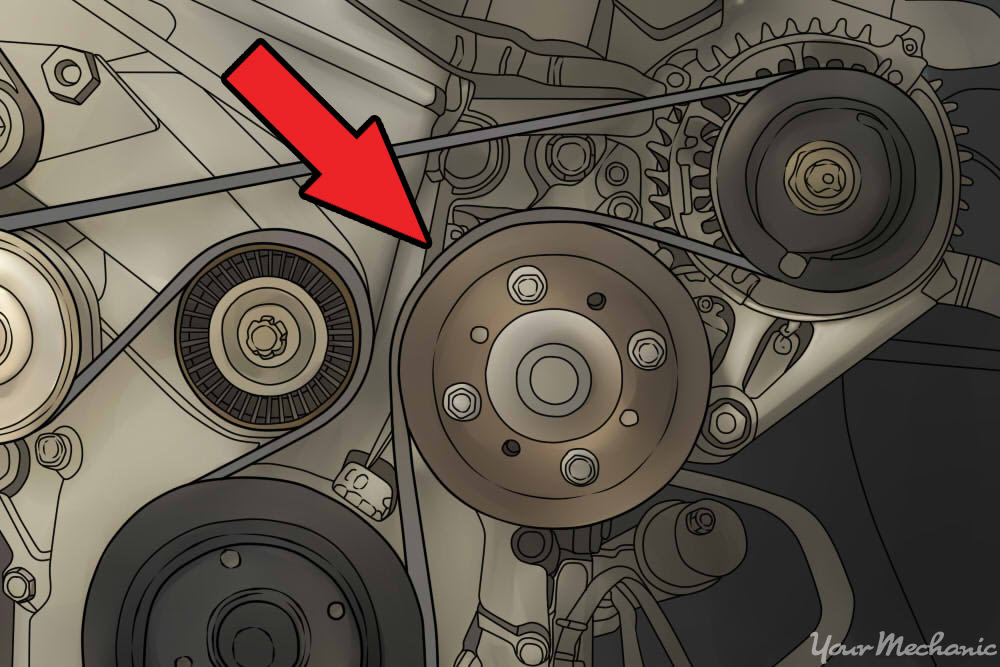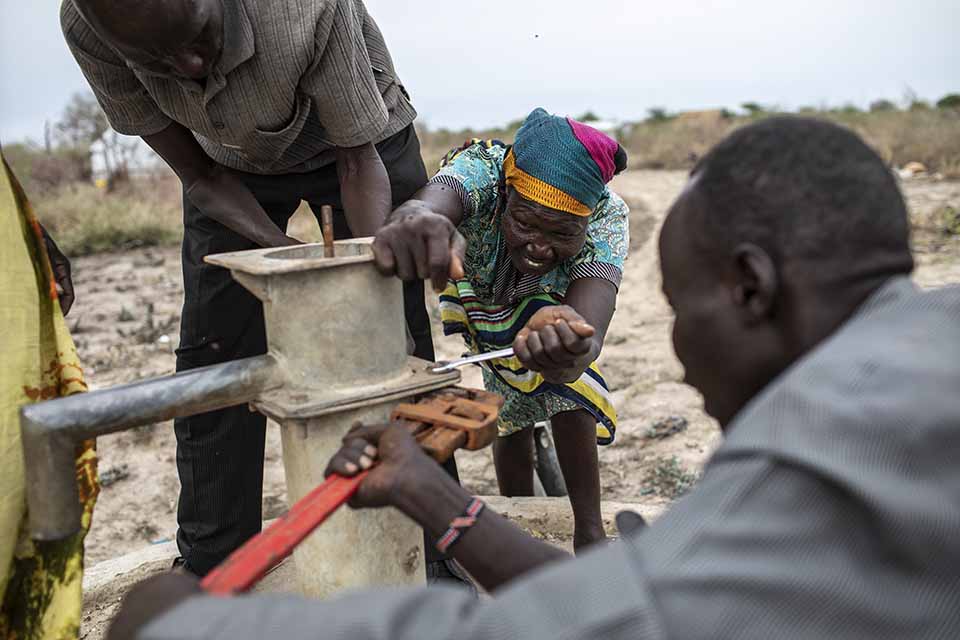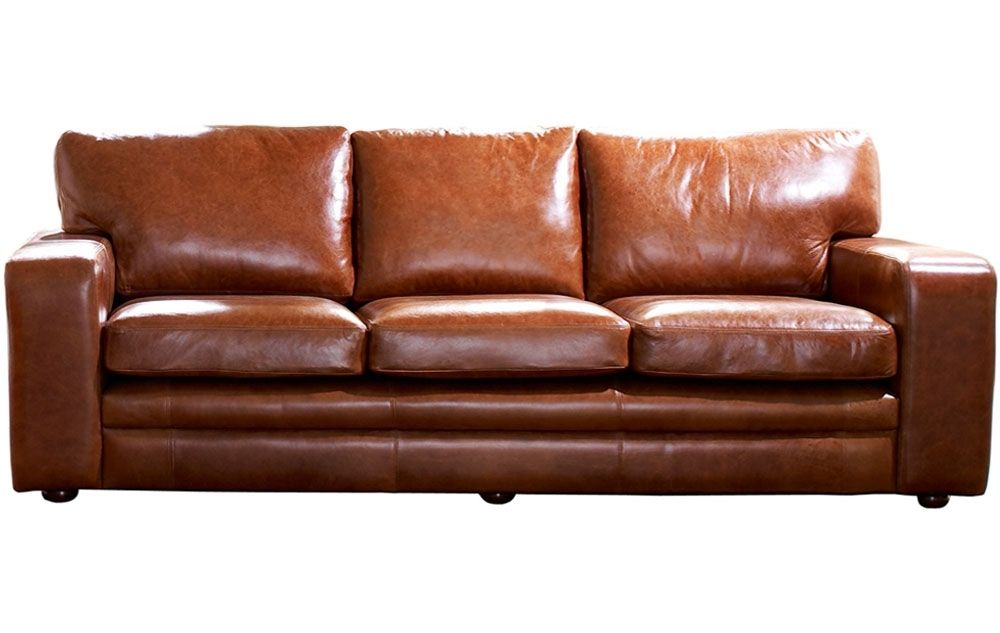If you're experiencing a lack of water in your kitchen sink, the first thing to do is check the water supply valve. This valve controls the flow of water to your sink and may have been accidentally shut off or turned down. Make sure it is fully open and try running the water again. If the valve is already open, you may want to check for any leaks or damage in the valve itself. If there is any damage, it may need to be replaced in order for water to flow properly.1. Check the water supply valve
The faucet aerator is a small attachment at the end of your faucet that helps regulate the flow of water and prevent splashing. Over time, it can become clogged with mineral deposits or debris, leading to reduced water flow. To check the aerator, unscrew it from the end of the faucet and clean any buildup or debris. If it is damaged, you may need to replace it with a new one.2. Inspect the faucet aerator
If the water supply valve and faucet aerator are not the issue, the next step is to check for clogged pipes. This can often be the culprit of reduced water flow in your kitchen sink. You can use a plunger to try and clear any blockages in the sink drain. If this doesn't work, you may need to call a professional plumber to inspect and clear the clog.3. Check for clogged pipes
In some cases, the lack of water in your kitchen sink may be due to a broken or disconnected water line. This can occur if there has been recent construction or repairs in your home, causing damage to the water line. Inspect the water line that connects to your kitchen sink to ensure it is not damaged or disconnected. If it is, you will need to have it repaired or replaced in order to restore water flow to your sink.4. Look for a broken or disconnected water line
If you have a garbage disposal in your kitchen sink, it may be the cause of the water not coming through. Sometimes, food particles or debris can get stuck in the disposal and clog the pipes, preventing water from flowing properly. Try running the disposal to see if it clears out any blockages. If not, you may need to manually remove any debris or call a professional to take a look.5. Check the garbage disposal
If your kitchen sink is connected to a dishwasher, it's important to check the connection to make sure it is not causing any issues with water flow. The connection may be clogged or damaged, preventing water from reaching the sink. Inspect the connection and clean out any debris that may be causing the issue. If it is damaged, you may need to replace it in order to restore water flow.6. Inspect the dishwasher connection
Another potential cause of water not coming into your kitchen sink is low water pressure. This can be caused by a variety of factors, such as a closed or partially closed water main valve or a buildup of sediment in the pipes. You can check the water pressure by using a pressure gauge or contacting your local water company. If the pressure is low, you may need to have a professional plumber inspect and fix the issue.7. Check the water pressure
If you have a shut-off valve under your sink, it may be the cause of the lack of water in your kitchen sink. Over time, these valves can become faulty or damaged, preventing water from flowing properly. Inspect the shut-off valve and make sure it is fully open. If it is damaged, you may need to replace it in order to restore water flow.8. Look for a faulty shut-off valve
In colder climates, a frozen pipe can be a common cause of water not coming into your kitchen sink. If you suspect this may be the issue, you can try using a hairdryer to thaw out the pipe or call a professional for assistance. To prevent frozen pipes in the future, make sure to insulate any exposed pipes and keep your home heated during the colder months.9. Check for a frozen pipe
If you have a well system, the water pump may be the cause of the lack of water in your kitchen sink. Check the pump to make sure it is functioning properly and has not malfunctioned or stopped working. If the pump is faulty, you may need to call a professional to repair or replace it in order to restore water flow to your sink. By following these tips and troubleshooting steps, you should be able to determine the cause of the water not coming into your kitchen sink and restore proper water flow. If the issue persists, it's best to consult a professional plumber for further assistance.10. Inspect the water pump
How House Design Can Impact Water Flow in Your Kitchen Sink

Understanding the Importance of Proper House Design
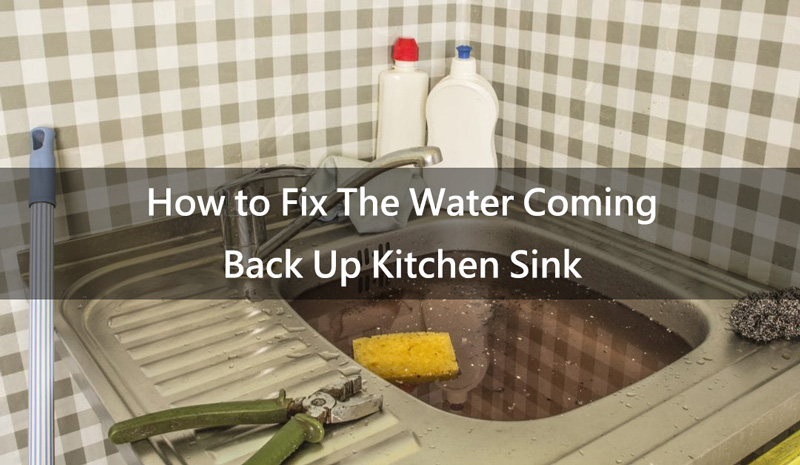 When it comes to creating a functional and efficient home, proper house design plays a crucial role. From the layout and placement of rooms to the materials used in construction, every aspect of a house can greatly impact its functionality. This is especially true when it comes to the plumbing system, as any issues with water flow can greatly affect daily tasks and activities. One common problem that homeowners may encounter is a lack of water coming into their kitchen sink. In this article, we will explore how house design can impact water flow in your kitchen sink and offer some tips for resolving this issue.
When it comes to creating a functional and efficient home, proper house design plays a crucial role. From the layout and placement of rooms to the materials used in construction, every aspect of a house can greatly impact its functionality. This is especially true when it comes to the plumbing system, as any issues with water flow can greatly affect daily tasks and activities. One common problem that homeowners may encounter is a lack of water coming into their kitchen sink. In this article, we will explore how house design can impact water flow in your kitchen sink and offer some tips for resolving this issue.
The Role of Plumbing in House Design
 Before we dive into the specifics of how house design can affect water flow in your kitchen sink, it's important to understand the role of plumbing in the overall design of a house. Plumbing refers to the system of pipes, fixtures, and fittings that are used to distribute water throughout a building. It is responsible for bringing clean water into the house and removing wastewater. A well-designed plumbing system should be able to provide a steady and sufficient supply of water to all areas of the house, including the kitchen sink.
Before we dive into the specifics of how house design can affect water flow in your kitchen sink, it's important to understand the role of plumbing in the overall design of a house. Plumbing refers to the system of pipes, fixtures, and fittings that are used to distribute water throughout a building. It is responsible for bringing clean water into the house and removing wastewater. A well-designed plumbing system should be able to provide a steady and sufficient supply of water to all areas of the house, including the kitchen sink.
Common House Design Factors that Can Affect Water Flow
 Now that we have a basic understanding of plumbing and its role in house design, let's explore some of the common factors that can impact water flow in your kitchen sink. One of the main culprits is the layout of the house. If the kitchen is located far from the main water supply line, it may take longer for water to reach the sink, resulting in low water pressure. Additionally, the size and placement of pipes can also affect water flow. Smaller pipes or those with bends and turns can restrict water flow, leading to reduced pressure in the kitchen sink.
Another factor to consider is the type of materials used in the plumbing system. Older houses may have outdated pipes made of materials such as galvanized steel or lead, which can corrode and restrict water flow. Newer houses typically use materials such as copper or PVC, which are more durable and have a larger diameter, allowing for better water flow.
Now that we have a basic understanding of plumbing and its role in house design, let's explore some of the common factors that can impact water flow in your kitchen sink. One of the main culprits is the layout of the house. If the kitchen is located far from the main water supply line, it may take longer for water to reach the sink, resulting in low water pressure. Additionally, the size and placement of pipes can also affect water flow. Smaller pipes or those with bends and turns can restrict water flow, leading to reduced pressure in the kitchen sink.
Another factor to consider is the type of materials used in the plumbing system. Older houses may have outdated pipes made of materials such as galvanized steel or lead, which can corrode and restrict water flow. Newer houses typically use materials such as copper or PVC, which are more durable and have a larger diameter, allowing for better water flow.
Resolving Water Flow Issues in Your Kitchen Sink
 If you are experiencing a lack of water coming into your kitchen sink, there are a few steps you can take to resolve the issue. First, check the shut-off valve under the sink to ensure it is fully open. If it is already open, consider replacing it with a larger valve to allow for better water flow. You may also want to consider upgrading your pipes to larger diameter ones to improve water flow.
In cases where the layout of the house is causing water flow issues, you may need to consult a professional plumber to reroute the pipes or install a booster pump to increase water pressure. It's also important to regularly maintain your plumbing system by checking for any leaks and repairing them promptly.
If you are experiencing a lack of water coming into your kitchen sink, there are a few steps you can take to resolve the issue. First, check the shut-off valve under the sink to ensure it is fully open. If it is already open, consider replacing it with a larger valve to allow for better water flow. You may also want to consider upgrading your pipes to larger diameter ones to improve water flow.
In cases where the layout of the house is causing water flow issues, you may need to consult a professional plumber to reroute the pipes or install a booster pump to increase water pressure. It's also important to regularly maintain your plumbing system by checking for any leaks and repairing them promptly.
Conclusion
 In conclusion, proper house design is crucial for ensuring a steady and sufficient supply of water to your kitchen sink. By understanding the role of plumbing in house design and addressing any potential issues, you can enjoy a seamless and hassle-free water flow in your kitchen sink. Remember to regularly maintain your plumbing system and consult a professional if you encounter any persistent issues.
In conclusion, proper house design is crucial for ensuring a steady and sufficient supply of water to your kitchen sink. By understanding the role of plumbing in house design and addressing any potential issues, you can enjoy a seamless and hassle-free water flow in your kitchen sink. Remember to regularly maintain your plumbing system and consult a professional if you encounter any persistent issues.
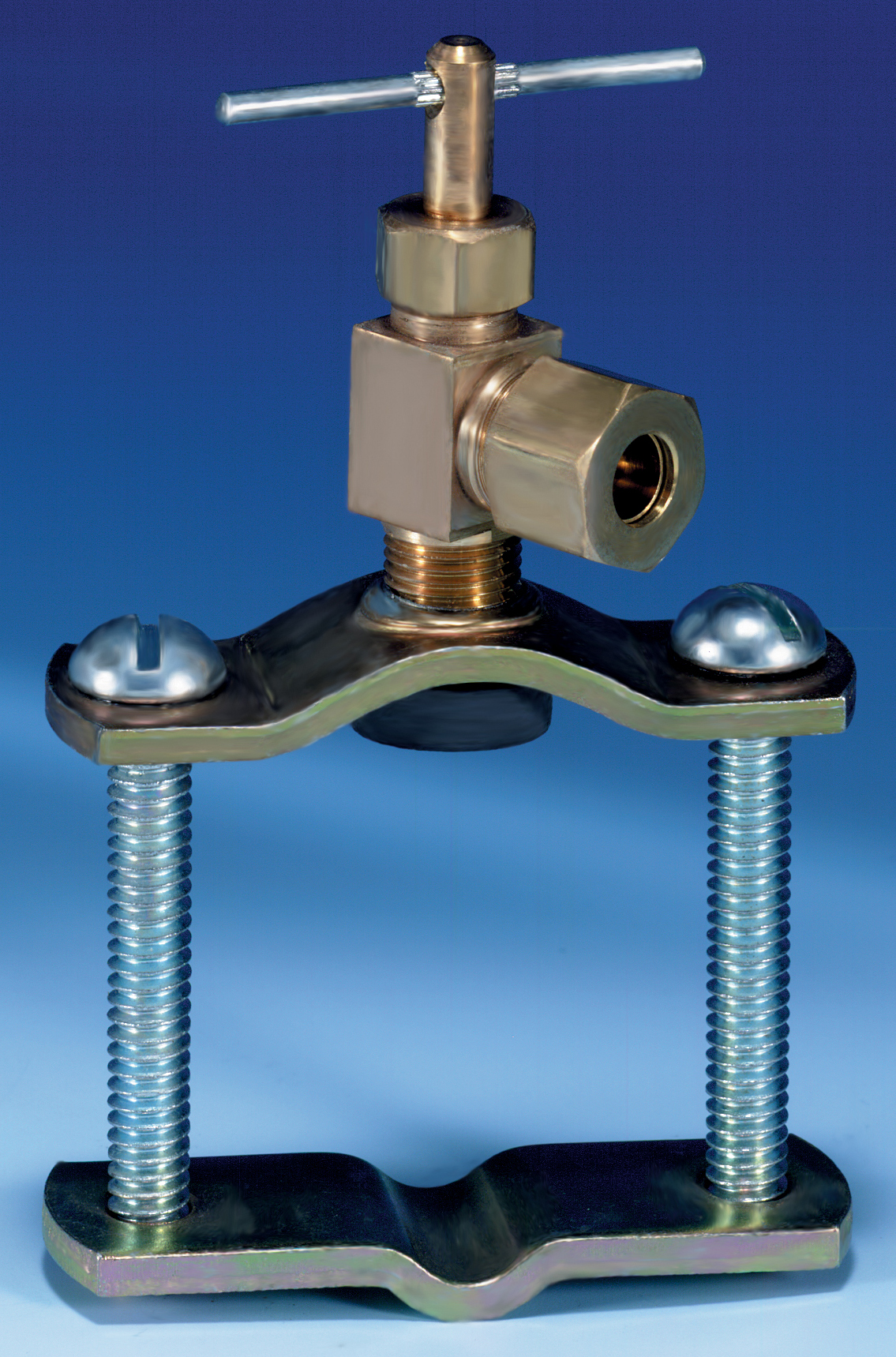






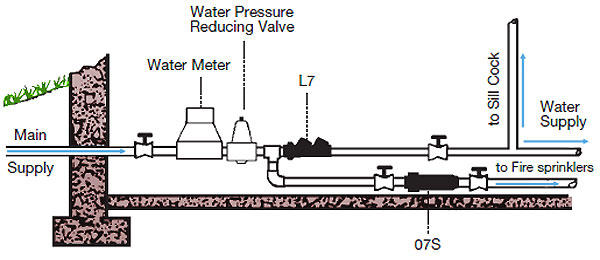
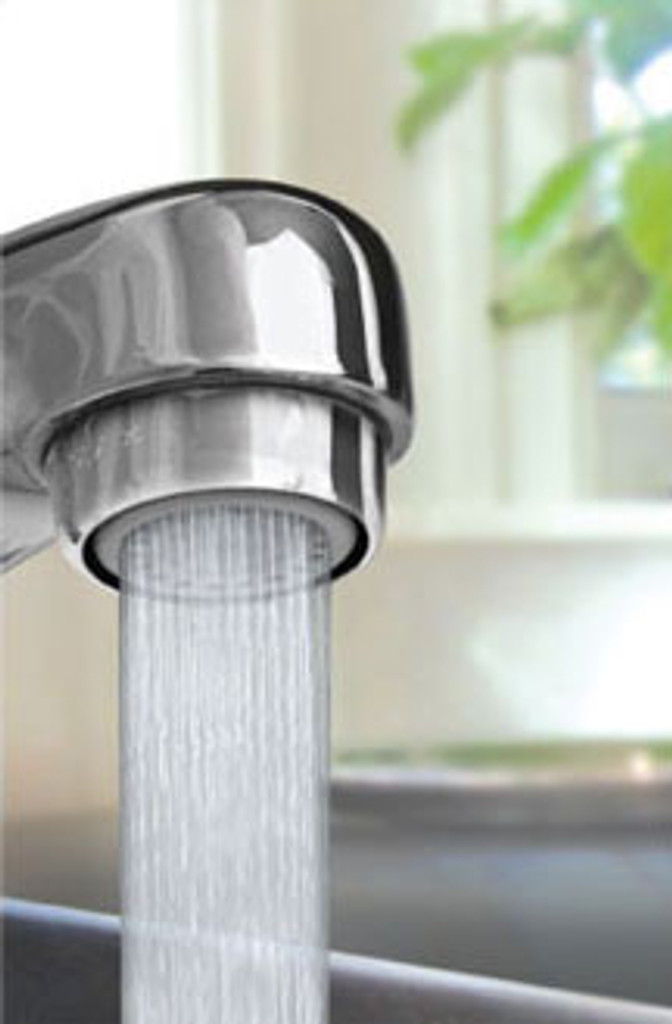

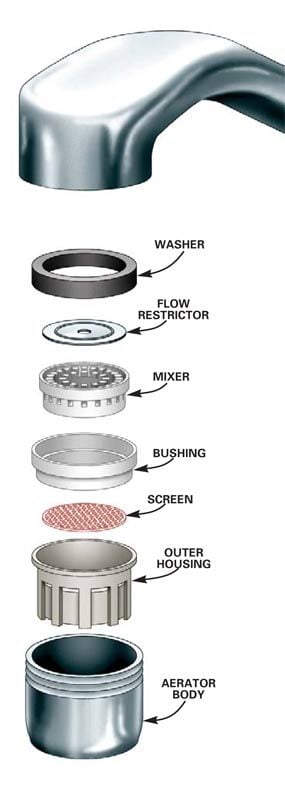


/fixing-a-tap-459986221-5afc675431283400371f7872.jpg)
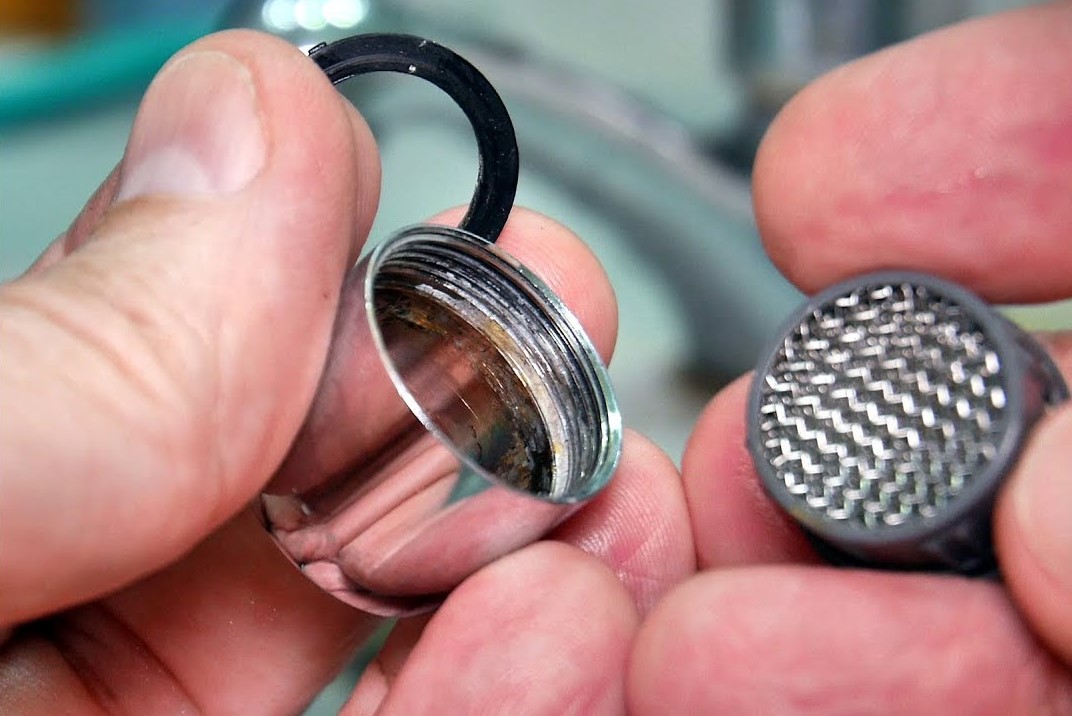
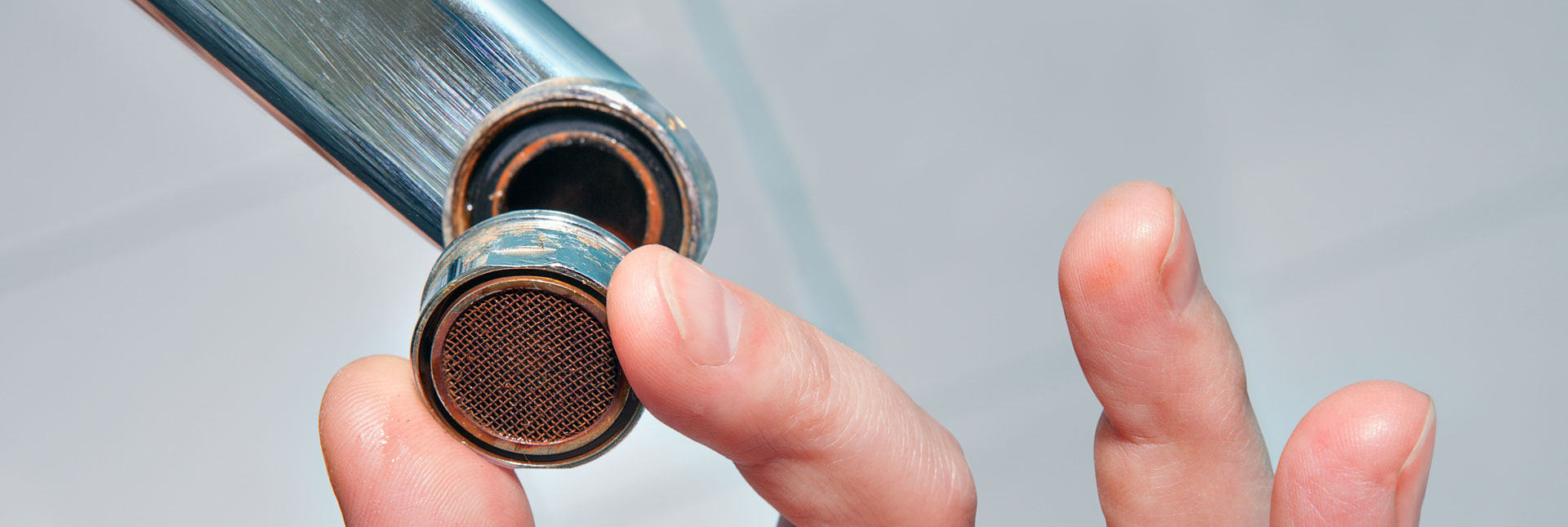

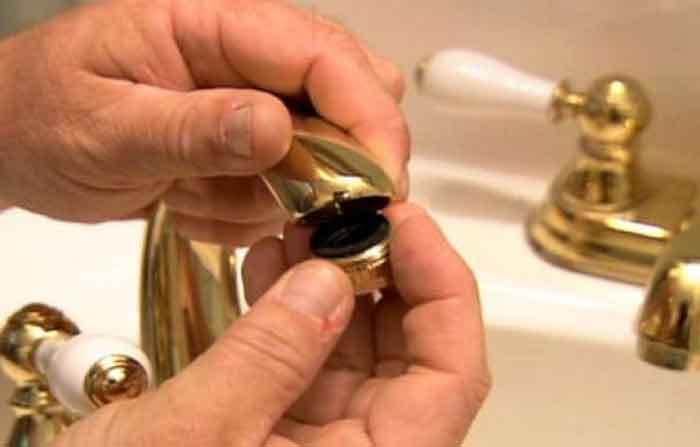







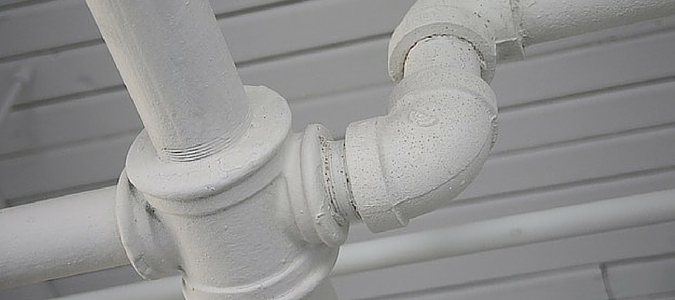

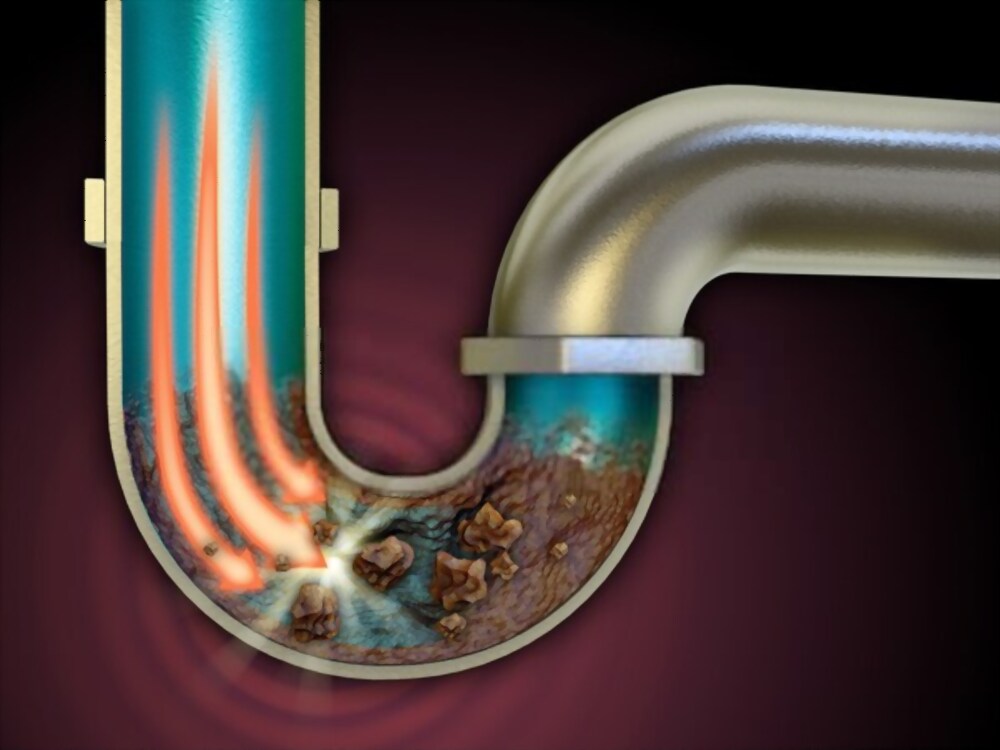


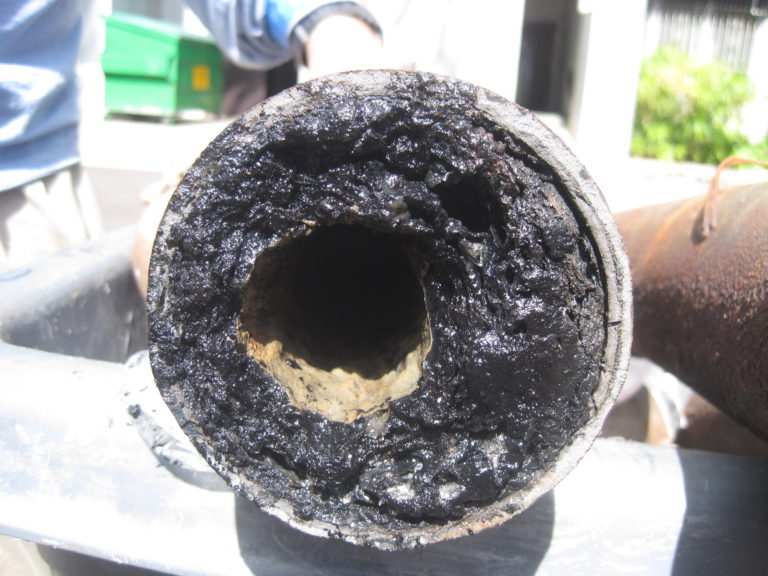


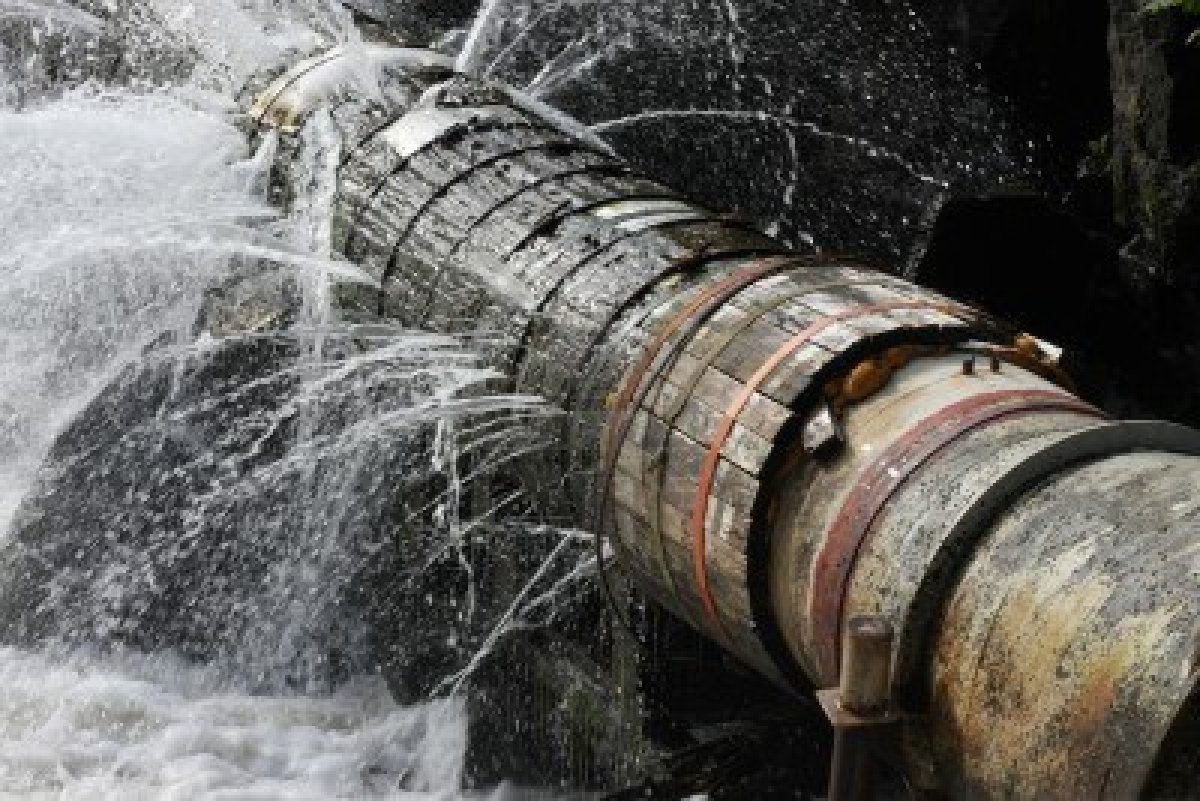
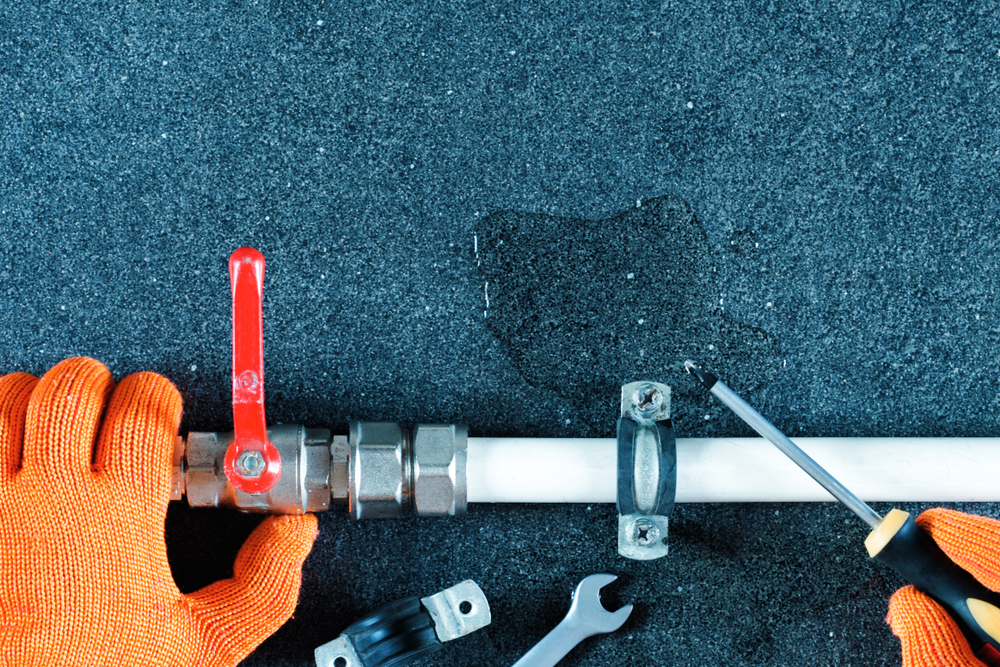


/UndergroundWaterLine-Broken-717c87cffc3c4903988fe0dfaca72809.jpg)
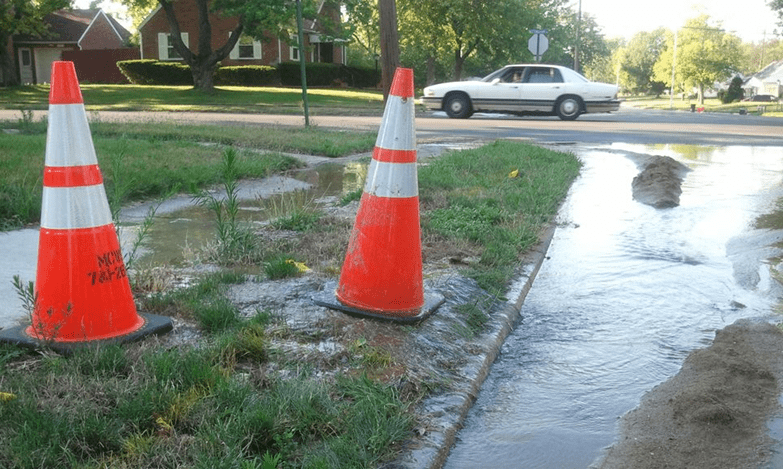





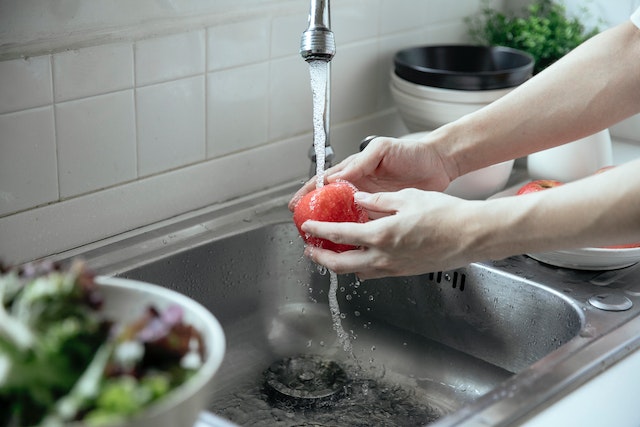


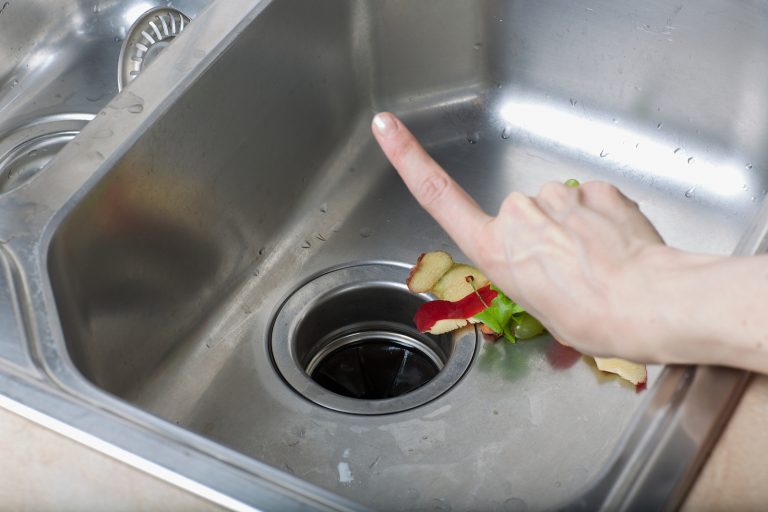





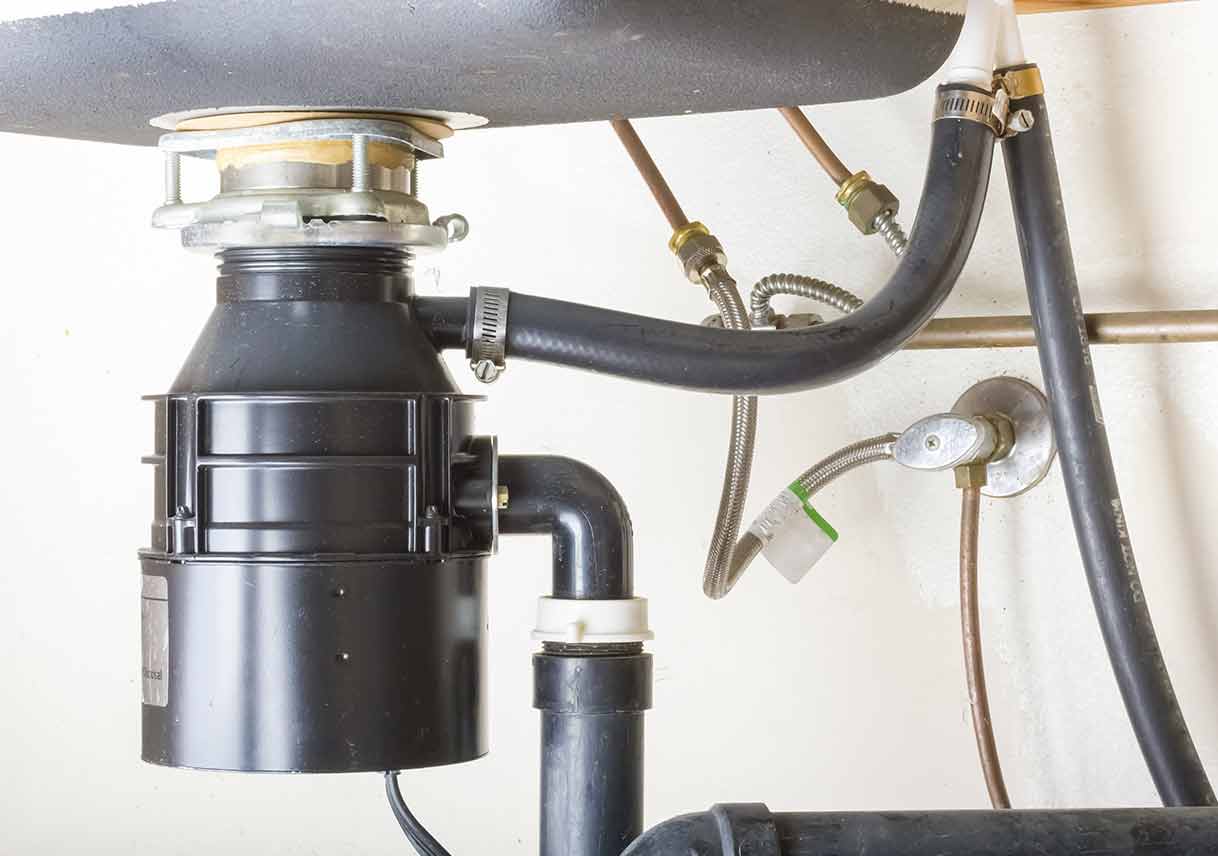

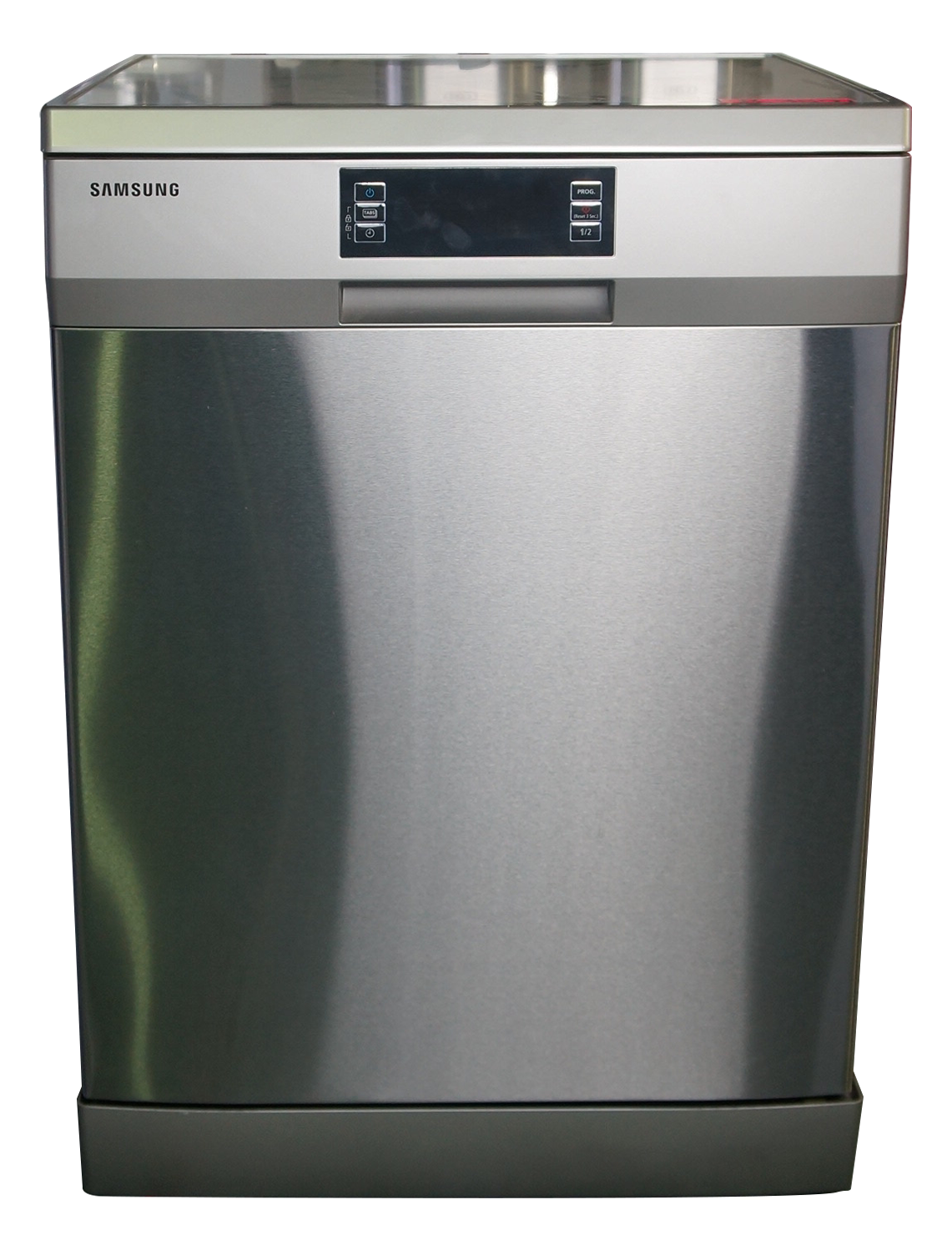




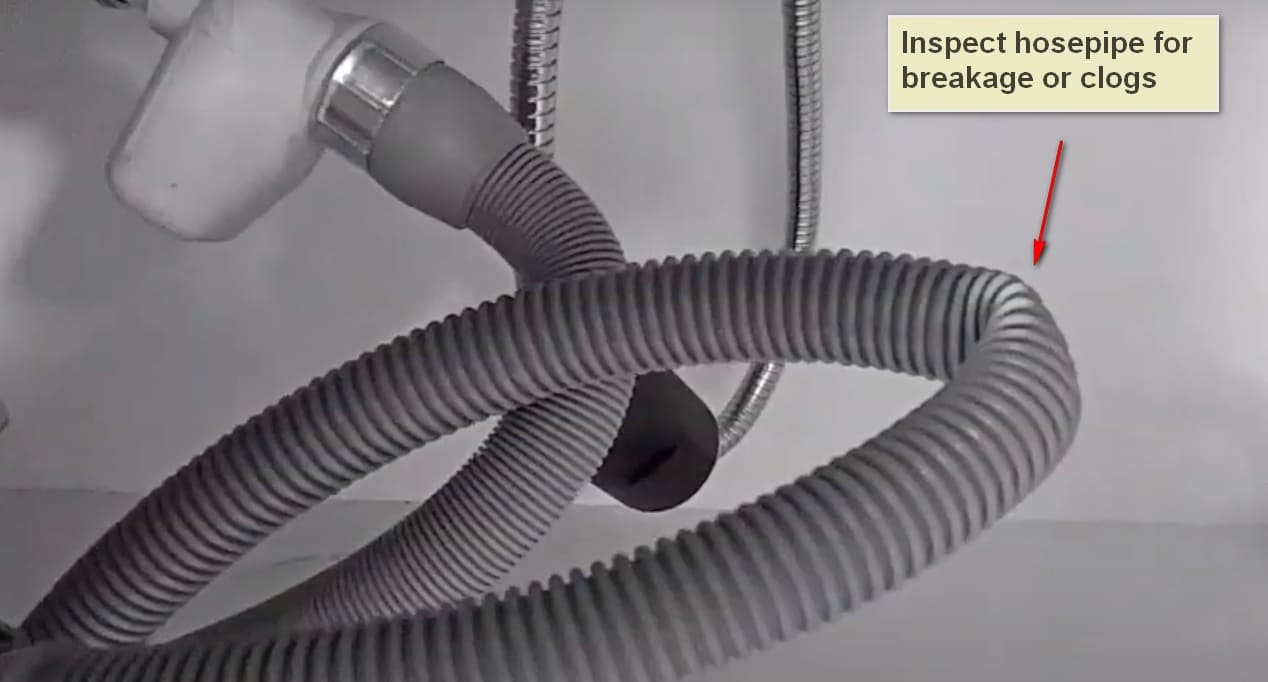



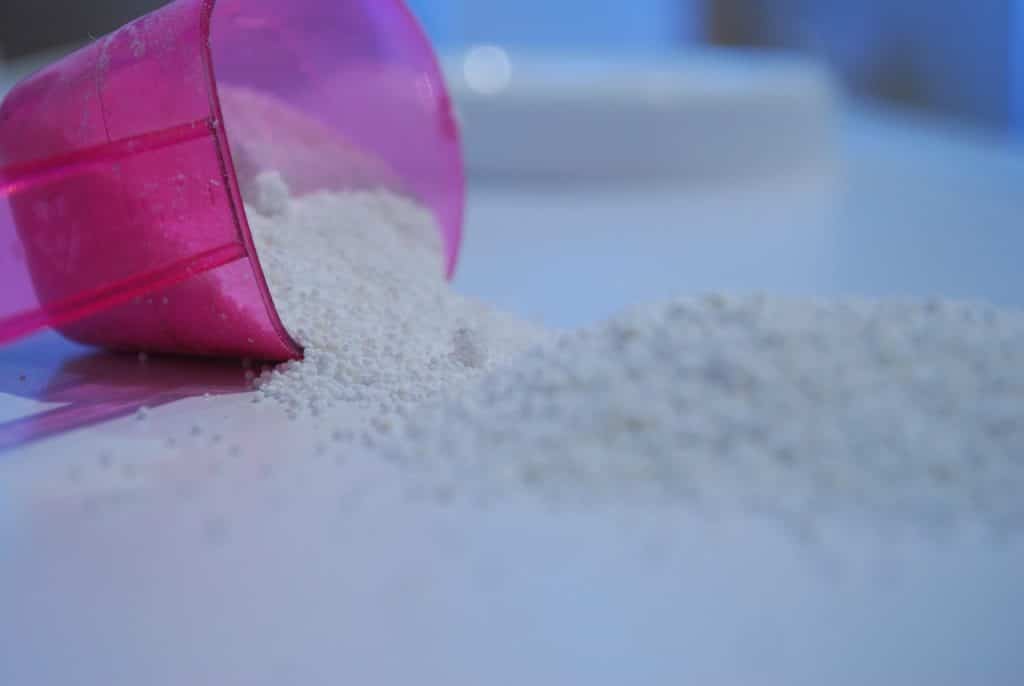



/93097679-56a73c295f9b58b7d0e81657.jpg)
/testing-water-pressure-in-your-home-2718692-hero-98f45508ca5d44b6b551034ac5cedab5.jpg)
:max_bytes(150000):strip_icc()/testing-water-pressure-in-your-home-2718692-04-c37ab3236d0d4b61b87079ebf9ef823e-c1e1ef0104fb44778a287bd9bb5ec140.jpeg)
:max_bytes(150000):strip_icc()/the-men-s-hand-opens-the-ball-valve-on-the-collector-1006810456-5c5fc73fc9e77c000159c4af.jpg)

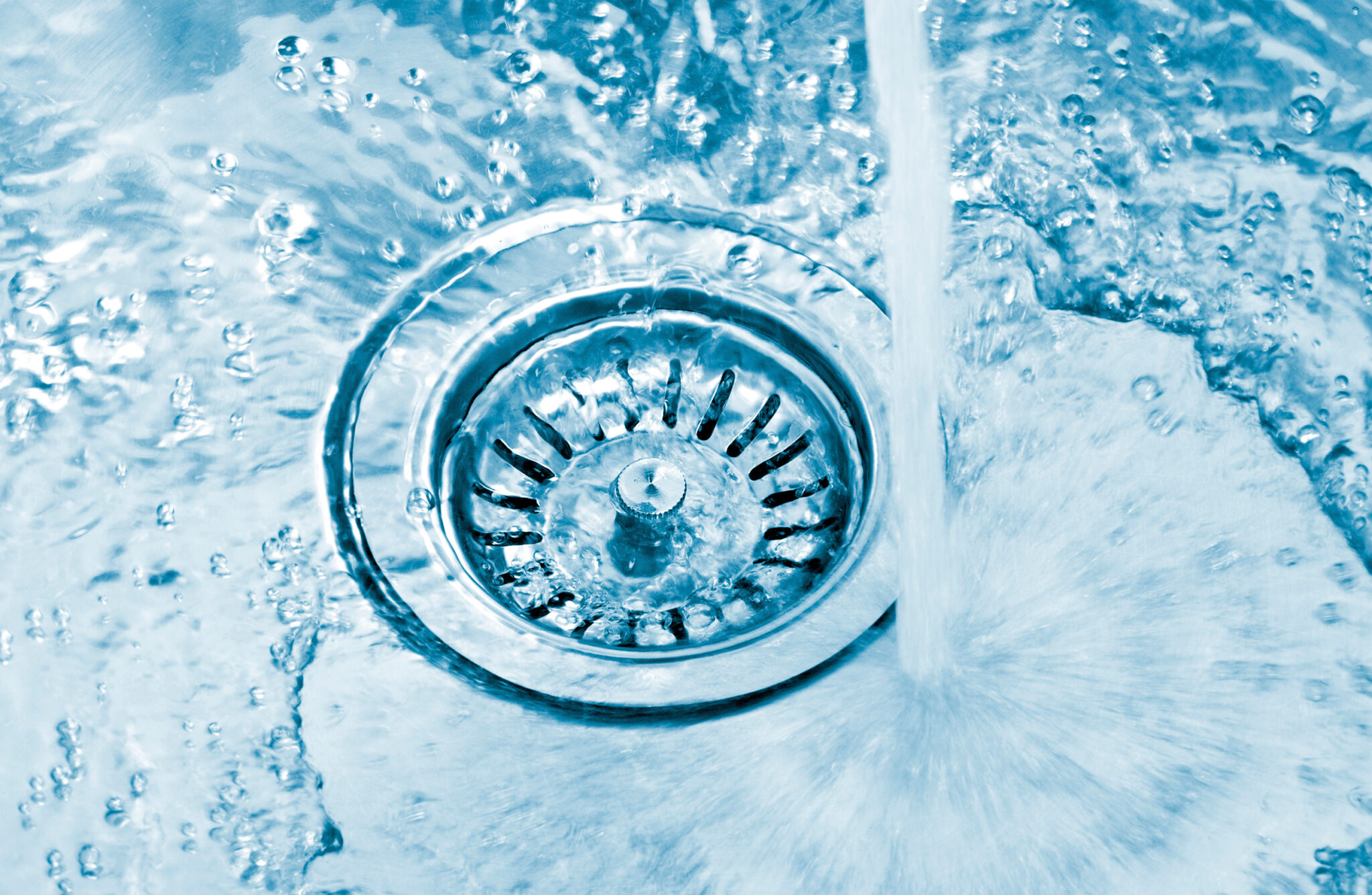
/JodiJacobson-waterpressure-5b9bf850c9e77c0050a2d8aa.jpg)

